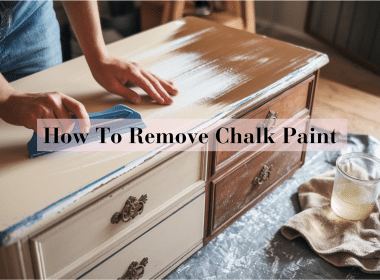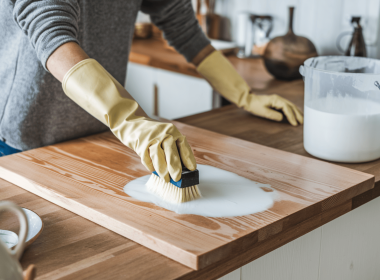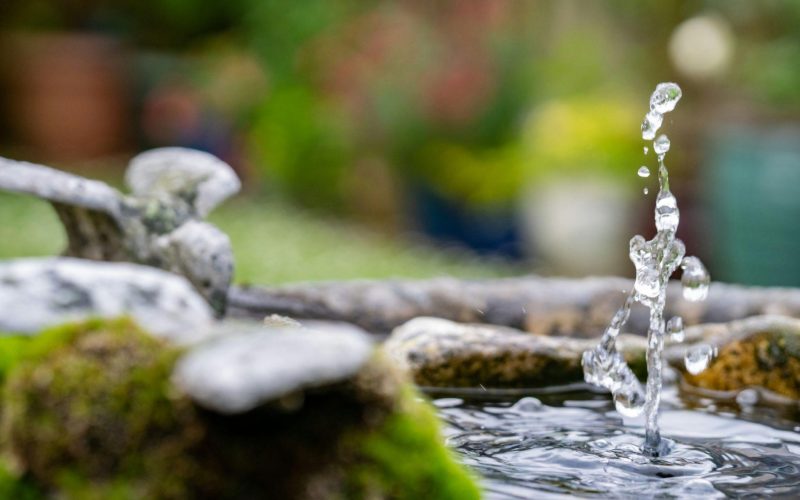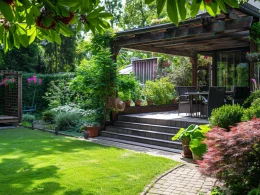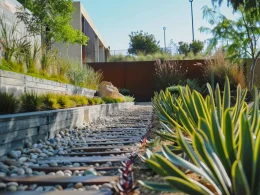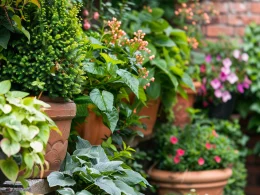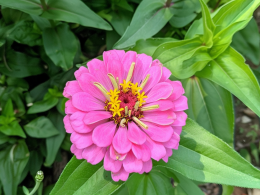The sound of water is the garden’s music: turning on a faucet or adjusting the flow in a pond or fountain feels like creating fairy tale motifs in your garden. Water has a calming effect even in urban environments. But just how do you select the right water feature among all the kinds of water features on the market?
Whether you picture a simple birdbath or think of a picturesque large pond with falling waters, this article will help you get acquainted with garden water trends. Let’s compare and examine aspects such as size, cost, and the level of care required to choose the right water feature for your garden.
Types of Water Features
Water elements are as diverse as the gardens themselves, ranging from small and beautiful to enormous and stunning.
- Small-scale options: Fountains and birdbaths are compact in size. A small outdoor water feature can make a huge difference when placed on a patio, and a standing birdbath provides a focal point garden and attracts birds to your garden.
- Medium-scale features: If you have more space to work with, by all means, go for a waterfall or a stream. These can be intentionally located to blend into the scenery as if they have always been there.
- Large-scale options: For homeowners with a large outdoor space who want a beautifully designed garden, ponds and small lakes can serve as fantastic focal points. These larger water features provide countless opportunities for landscaping and can accommodate various forms of aquatic life. However, consider investing in proper maintenance for large-scale water features. For instance, a 1/4-acre pond aeration system may be crucial in maintaining the pond’s water, so the pond blossoms into one of the loveliest ecosystems rather than a pond with dirty water.
Factors for Picking Out a Water Feature
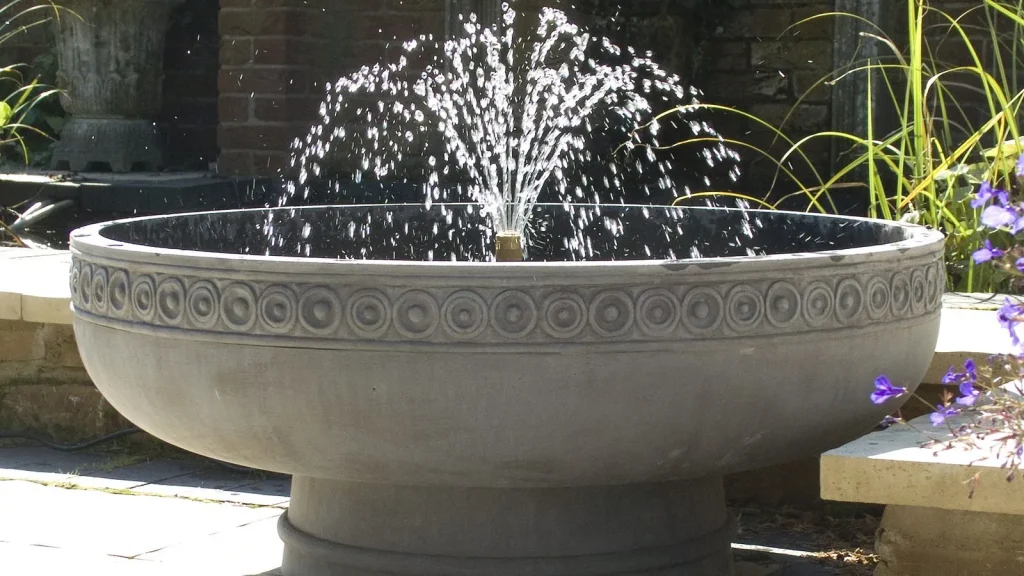
Selecting the perfect water feature isn’t just about what catches your eye – it’s about finding the right fit for your space, lifestyle, and budget:
- Available space: A small balcony may be suited to a compact wall fountain, while a more extensive property could accommodate a cascading waterfall or a pond. Always ensure that this feature lifts the beauty of the space without overwhelming it.
- Budget: Water features vary in price, from DIY kits to custom installations. Be honest about your budget, considering initial costs and ongoing maintenance. A solar fountain may be cheaper than a koi pond but can still enhance outdoor space.
- Maintenance requirements: Be realistic about the time and effort for upkeep. Some water features need minimal maintenance, while others, like fish ponds, demand regular attention. Are you ready for regular cleanings or prefer a low-maintenance option?
- Local climate and regulations: What’s the weather like in your area? In colder regions, prepare for winter. In hot, dry climates, look for features that reduce water evaporation. Check local regulations for any water usage restrictions or permit requirements for larger installations.
Designing Your Water Feature
Let’s look at the most entertaining part – water feature design. This is where your personal style shines, adding beauty to your garden.
- Complementing your garden’s style: Choose a water feature that complements your garden’s vibe.
- Incorporating surrounding landscape: Plan out how this feature will blend with the existing landscape. Could it become the focal point of a seating area or wind through a rock garden? Think about how it will look and sound from different garden areas.
- Choosing materials and plants: Choose materials wisely for your design—natural stone for a timeless look, sleek metals for a contemporary feel. Don’t overlook plants! Aquatic plants look great and keep your water feature healthy.
Installation and Maintenance
Designing a pond is a wonderful idea and it’s easy to get caught up in the dream of creating a water feature. However, there are practicalities to building and maintaining a water garden.
DIY vs. Professional Installation
Simple projects like fountains or preformed ponds can be done DIY, while complex installations like custom ponds may require professional help. Discuss options with a landscaper or pond specialist.
Ongoing Care and Upkeep
Maintenance is crucial to ensure the ongoing health and optimal appearance of your water feature.
- Cleaning filters and pumps
- Removing debris like leaves and twigs
- Monitoring water quality and adding treatments if necessary
- Pruning aquatic plants
- Checking for and repairing any leaks
The level of maintenance will vary depending on your feature. A small, self-contained fountain might need a quick weekly check, while a large pond with fish could require more frequent attention.
Seasonal Considerations
Your water feature’s needs will change with the seasons. In spring, you’ll focus on cleaning and restarting the system after winter. Summer might require more frequent top-ups due to evaporation. Fall brings the challenge of keeping fallen leaves at bay. Maintenance in winter is essential. Per the climate and the type of feature you have installed it may be necessary to remove the pump, drain the water or apply the de-icer.
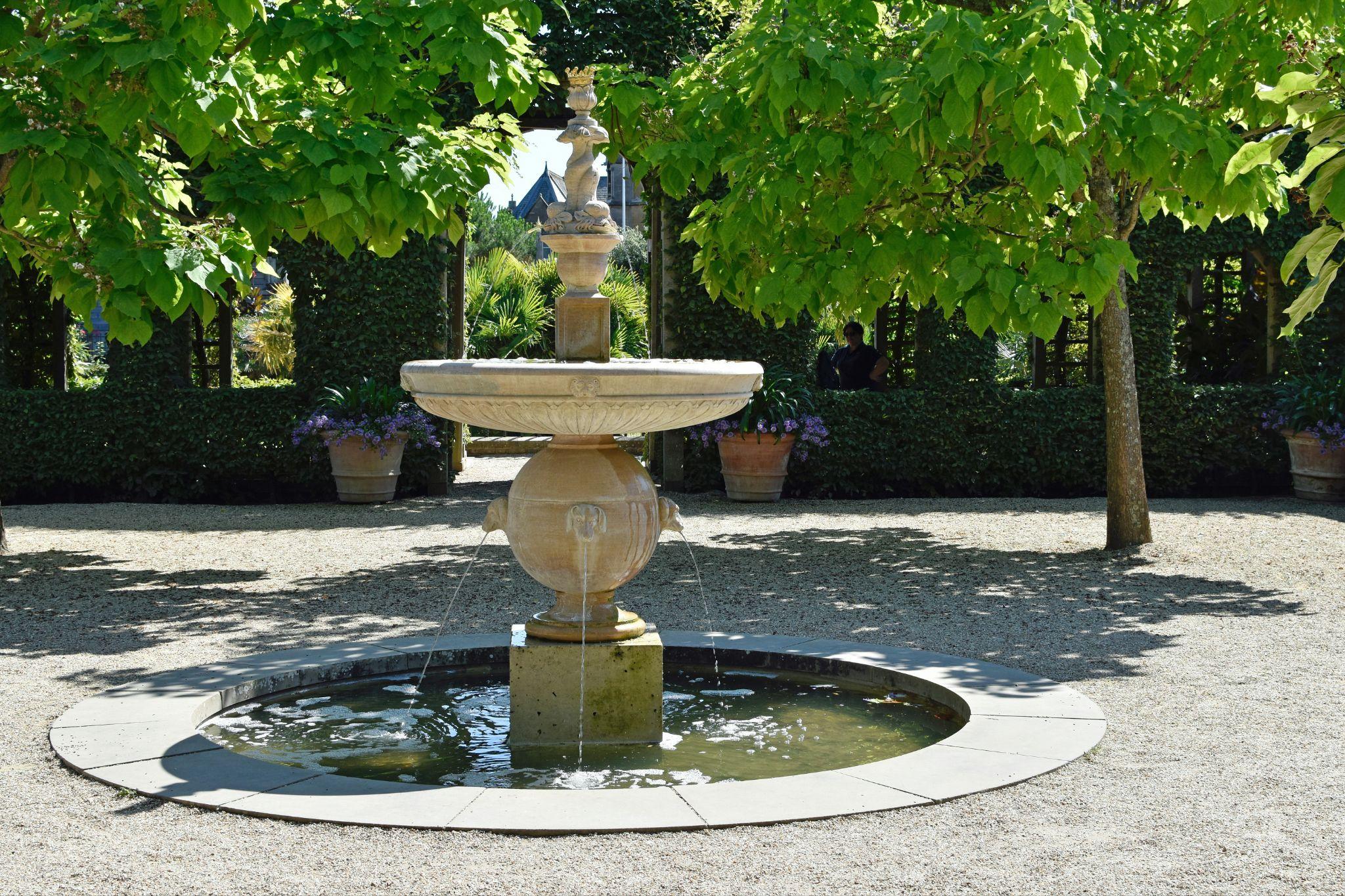
Photo by Geoff Oliver from Unsplash
Conclusion
Consider your space, budget, and lifestyle when selecting a water feature for your garden. Let your creativity guide you as you think about your garden’s style, surrounding landscape, and interaction with the new addition. Whether you start small or aim for a grander vision, the perfect water feature is out there to bring new life and tranquility to your outdoor space. Happy gardening, and may your new water feature bring you years of joy and serenity!

